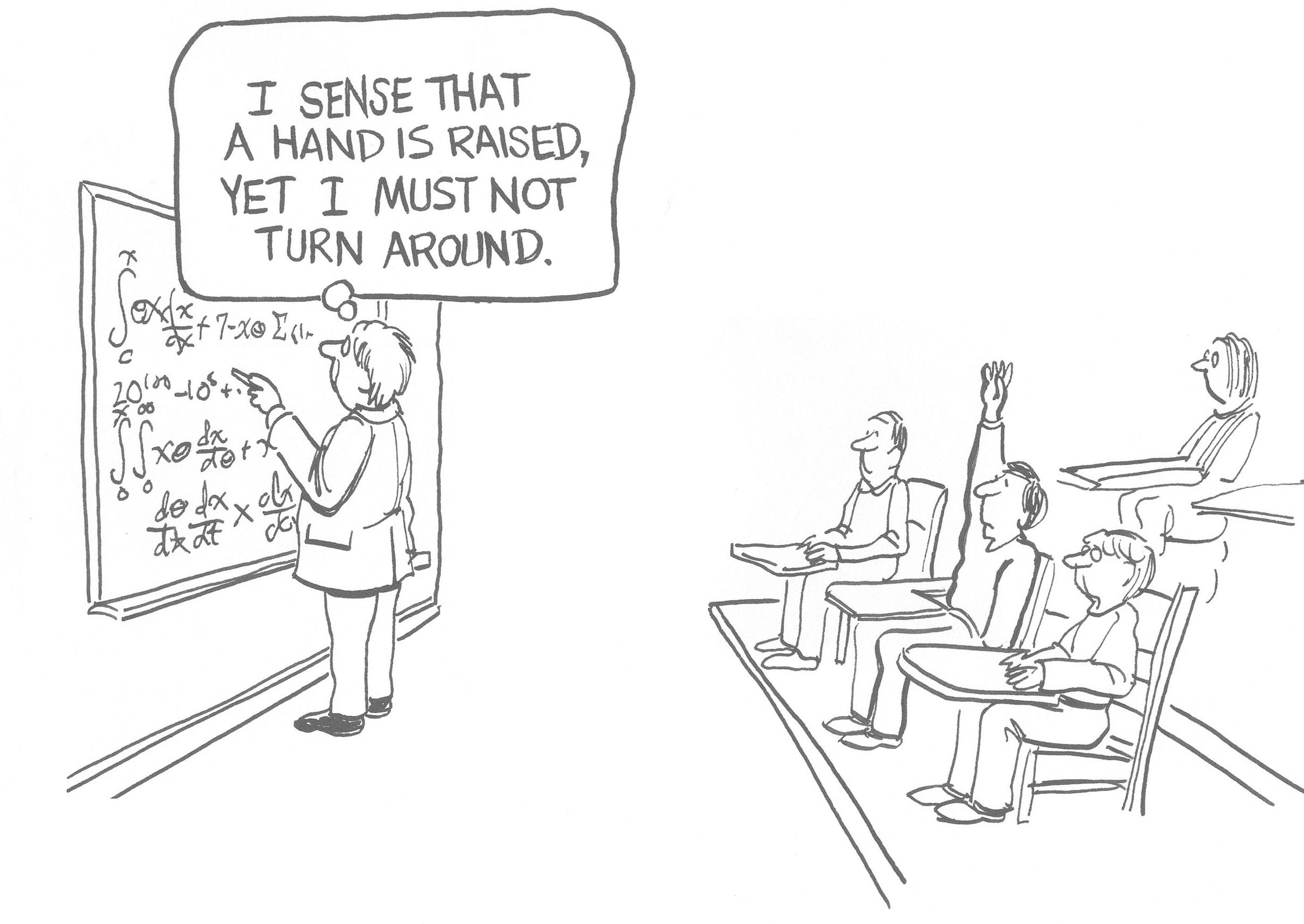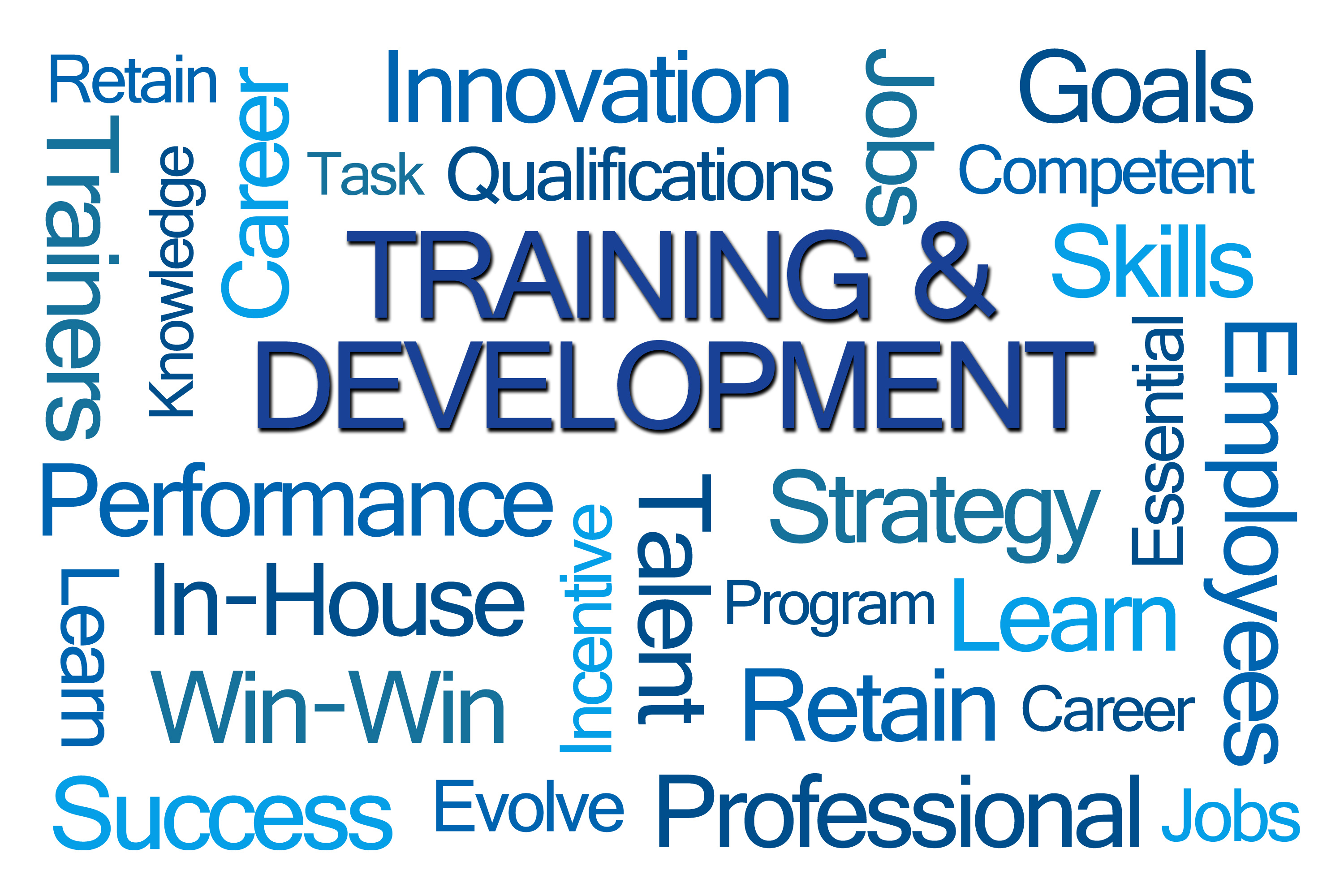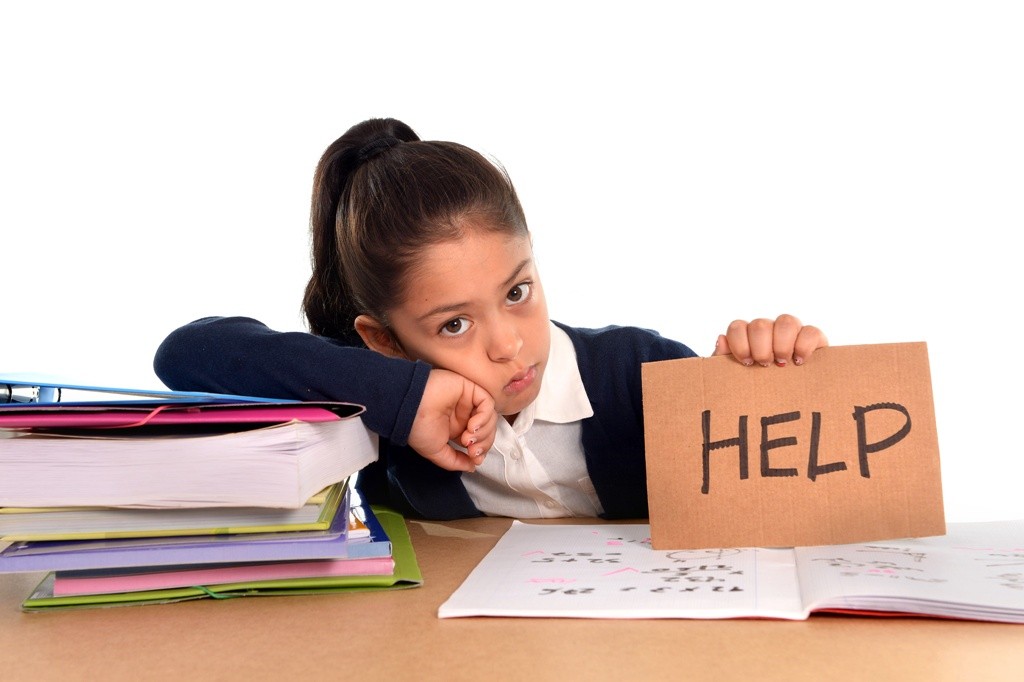You have returned from a weekend of learning great new material and want to share it with your department….. How do you prepare?

I want to share some great tips with you from our company president:
Carol Loria, President ERI:
You want to share your learning and enthusiasm with your colleagues but you only have 1 ½ hours to present 2 days worth of material.
How do you pair down the material? How do you decide which information will have the greatest impact on your colleagues?
Questions to Consider:
- Who is the audience for this in-service?
- How well do they know the topic and what is their general level of expertise? This will determine how much background/theoretical information to cover versus how much time you can spend focusing on clinical applications.
- What is the predominant patient population that they work with? What are their greatest challenges and priorities? This can help tailor the focus of your presentation to their needs
- How does the audience feel about the topic?
- If their attitude is supportive or better yet, excited about learning this new information, you needn’t spend much time presenting material to win them over and you can get down to clinical applications fairly quickly.
- If the group is not generally open to this new or alternative information, you may want to spend the majority of the time providing an evidence-based cogent argument and leave the clinical applications and treatment strategies for a follow-up with those that are apt to be open to them.
- How best to divide the time?
- For a one and one-half hour talk, plan on 5 minutes for an introduction to explain your goals and plan for the session
- Offer one comment to let them know how “charged and excited you are about the material….do this in the first few minutes
- Plan 75 minutes of content after your intro, and 10 minutes for questions at the end.
Good luck! Share your thoughts and stay tuned; next time we’ll be talking about hints for deciding on content for your in-service.
]]>


 Gail Ritchie[/caption]
Gail Ritchie[/caption]


